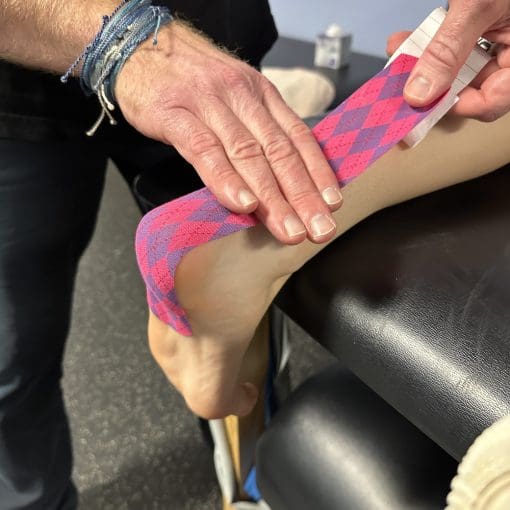The Functional Movement Screen (FMS) and the Selective Functional Movement Assessment (SFMA) are two approaches that physical therapists use to assess movement patterns and identify areas of dysfunction in an individual. Both of these methods aim to help evaluate and improve an individual’s movement quality, however, both ways have their distinct features and applications. In this blog post we will take a deeper dive into the SFMA.
How Was the Selective Functional Movement Assessment (SFMA) Developed
If the FMS is a reliable test to gain a quick understanding of the general movement patterns of an individual. It was originally developed as a quick screen for athletes and active people to easily identify their asymmetries in an effort for injury prevention in their sport or work outs. As the testing population are more active individuals the FMS was developed to be administered by both healthcare workers (Physical Therapists, Chiropractors) and personal trainers. When the FMS was first being used a couple issues were identified early on. The first is at times the individuals being screened would have pain and there needed to be a more specific screen for those situations. Second, some individuals were not capable to perform the FMS screen itself, whether due to an injury or other health related issue. Enter the Selective Functional Movement Assessment.
The Selective Functional Movement Assessment (SFMA)
The SFMA allows for a more specific approach by breaking down some of the basic functional movement patterns used in the FMS into their individual parts. An easy way to understand this was provided by Dr. Brian Ireland, Doctor of Physical Therapy, who is certified in both the FMS and SFMA. “The FMS just looks at the overall picture of a certain movement pattern. Take the squat for example, the FMS will look at how you perform that compound movement as a whole and provides a quick score”. “The SFMA, on the other hand, will actually break apart that squat pattern into it’s basic parts based on what is happening at different parts of the body. It will have different screening aspects for what is happening at your ankles, knees, hips, trunk, and shoulders during the squat movement to identify exactly where the limitations are coming from”.
As a result, the Selective Functional Movement Assessment allows for a more systematic and comprehensive analysis of movement patterns, helping to specifically identify the primary cause of the movement dysfunction. Once the root cause of the individuals problem is discovered, a more personalized treatment plan can be created.
The SFMA and Physical Therapy
The SFMA offers a far more deeper understanding of an individuals movement dysfunction quickly, allowing greater insights for effective treatments and strategies for rehabilitation. Physical Therapists will typically utilize the screen in two different ways. The first is as a part of the rehabilitation process for their patients who are recovering from surgery as a screen to assess their progress, identify continued issues, and to assess a patient’s readiness to return to greater functional movement patterns. Think of someone recovering from a torn ACL to help determine if they are ready to progress towards the sport specific aspect of their program.
The second is as a quick assessment at the onset of a patient’s program to help identify their source of pain during their functional movements. A great example would be a patient comes in for a quick screen after “tweaking” their shoulder lifting in the gym and they want to know if it is serious or not.
The SFMA and You
Selective Functional Movement Assessments are very valuable tools for helping to evaluate your movement quality, and help to identify limitations or addressing dysfunctions. If you are looking for a more comprehensive analysis to help identify the underlying causes of your pain, the SFMA may be the route for you to enhance your performance, prevent future injuries and optimize your movement quality. If the Selective Functional Movement Assessment sounds like it would benefit you, feel free to call BeneFIT Physical Therapy where we can get you started on an assessment!




